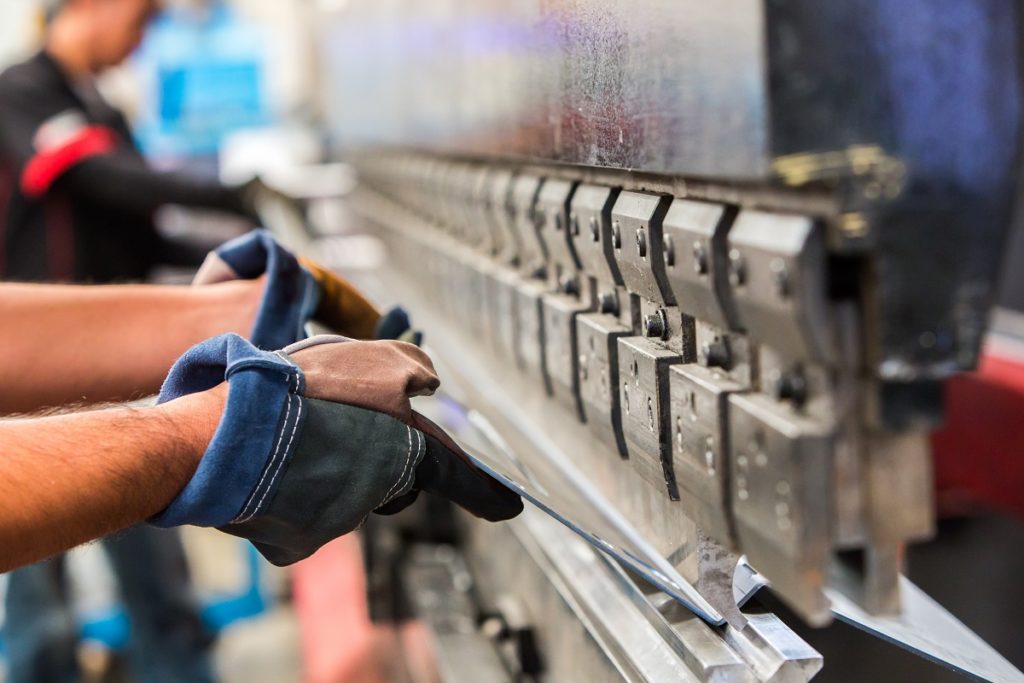When working with metal, there are various machines you would need. For one, you will undoubtedly need to form it into different shapes and thicknesses for their application into your industry. In these tasks, you will need specific machine types called sheet metal machines. These will suffice for the stretching, cutting, perforating, spinning, rolling and stamping of your metal among other applications.
There are three Baileigh sheet metal brakes for sale on the market. These include bending, shearing, and press brake machines.
The bending machine is used to achieve different types of bends on metal, while the shearing machine will cut through the metal to get a set size. The press brake machine is the most common and versatile one. It will cut into your metal and customize it into any shape and form you desire. The following are some of your press brake machine options:
Mechanical Press Brakes
In these machines, power is provided by a flywheel with a rated tonnage of about 150%. Mechanical press brakes are primarily used for applications that involve the bottoming or coining of your material.
They might suffice if you are making a hundred fencing posts or an occasional vehicle bumper, but for high precision work, they will need extra setup pieces, considerable production time, and an artisan’s input. Moreover, you will need to keep changing tools to achieve specific bends. As such, mechanical press brakes are often used for American-planed rather than precision-ground tooling.
Single-Cylinder Machines
These feature one hydraulic cylinder that runs parallel to the bed and ram. The change of the linkage’s angle results in the ram’s motion, much like drum-style vehicle brakes.
Though single-cylinder press brakes can handle the production of high tonnage loads, they do not have accurate bent angles. They are used for the bending of heavy structural components — like those used in buildings and bridges — and are designed for American-style planed tooling.
Electric Machines

These use electric motors for the driving of a ram. The motors are attached directly to the machine’s drive screw or to a timing belt to generate motion. Most manufacturers have added pulleys as a force multiplier for their electric press brakes and to reduce the need for an anti-deflection or crowning device. These press brakes are primarily meant for precision-ground tooling and have CNCs for the precise control of multiple axes.
Hybrid and CNC Hydraulic Machines
These are driven by regular hydraulic systems that draw from one oil reservoir or by independent closed systems. Although more expensive compared to other press brakes, hybrid and hydraulic CNC machines have consistent bend angles and quick setups. They are also the best choice for air forming, but not coining and bottoming. American, New Standard, and European tooling styles are the ones that can be used with these machines.
There are currently many manufacturers for the above press brake machines. Only a few, however, take into account the needs of the manufacturing sector when producing their machines and are only driven by profit. Settle for a seasoned manufacturer for your press brake driven by an industry’s needs to guarantee the machine’s durability and efficiency.




